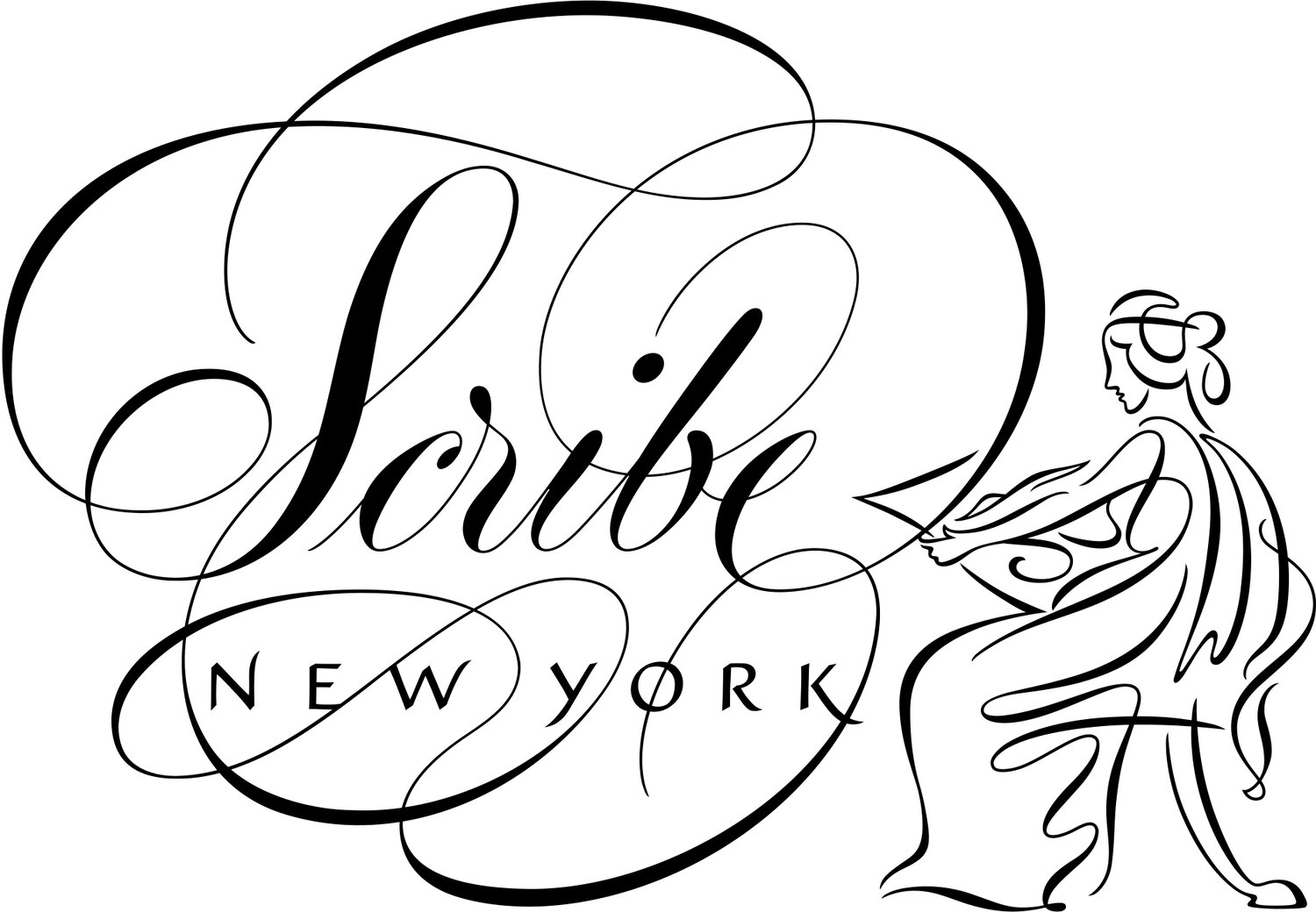Medieval Women Speak: A Calligrapher’s Visit to the British Library
This past January, I traveled to London to see the British Library’s remarkable exhibition, Medieval Women: In Their Own Words. This carefully curated collection of books and manuscripts offered a rare glimpse into the voices of women who lived in Europe between 1100 and 1500—a treasure trove of personal expression preserved on parchment.
As a calligrapher, I was especially drawn to the illuminations, hand lettering, and vivid pigments of paint and ink, as well as the marginalia that danced along the edges of these centuries-old volumes. Standing before these beautifully calligraphed original manuscripts was an experience that felt almost transcendent. It was as if the spirits of the women who once wrote, read, and cherished these texts were still present in the strokes of their letters.
The exhibition featured writings from extraordinary historical figures such as Joan of Arc, Christine de Pizan, and Margery Kempe, but it also illuminated the everyday lives of medieval women through household accounts, medical treatises, love letters, and diaries. These texts offered an intimate connection to the past, revealing not only the intellectual and creative pursuits of women but also their personal reflections, challenges, and joys.
It’s also worth considering whether the authors of these missives ever imagined that their innermost thoughts would one day be on display for all to see, centuries later. Or perhaps that was the intent all along—did they write with history in mind, hoping their words would endure? Or were they simply recording their lives as an act of personal expression, unaware of the audience that time would grant them? I found myself caught between two perspectives: Was I glimpsing private reflections never meant for my eyes, or was I fulfilling their unspoken wish to be seen and heard across the centuries?
What makes this celebrated exhibition so rare is, of course, the manuscripts themselves—fragile survivors of wars, neglect, and the relentless passage of time. But even more remarkable is that these women’s voices are presented without interpretation or alteration; their words speak for themselves, unfiltered and direct across the centuries.








